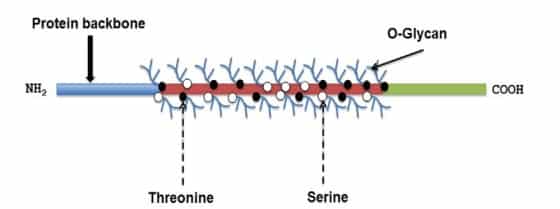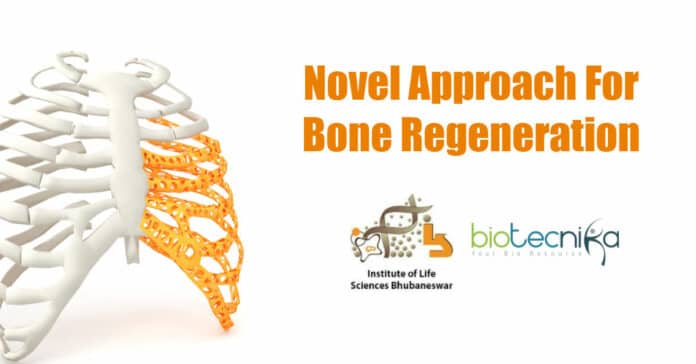A new method to aid bone regeneration
Bones are primarily composed of the protein collagen and the mineral calcium phosphate. Collagen forms a soft framework, and Calcium Phosphate hardens and strengthens it. Bones are one of the organs with a high potentiality for self-regeneration. However, the process is full of complexities that either delay or impede regeneration.
Autologous, allogeneic, or xenogenic bone grafts are currently used to overcome this. However, they do have shortcomings. Tissue engineering has the potential to be a game-changer in terms of introducing new methods and solutions. One tissue engineering approach is based on using biomaterials to simulate the bone microenvironment and induce bone formation. On the other hand, tissue engineering approaches rely on the trio of scaffolds, cells, and signaling cues.

A scaffold acts as a temporary extracellular matrix (ECM) to support the formation or regeneration of bone tissue. A temporary scaffold has to present a proper microenvironment for cells to attach, propagate, and differentiate to form new tissue. Several new strategies are being investigated to introduce design features such as material composition, biodegradability, and mechanical properties into scaffolds.
Natural ECM is made up of protein and
polysaccharide networks that provide mechanical support as well as signals for necessary cell functions. Many researches have revealed that natural systems, such as scaffolds, can give a suitable microenvironment but lack the essential toughness and mechanical suitability. The scaffold must be as similar to the extracellular matrix as possible.Various polymerization methods have been introduced to enhance mechanical properties. One such case is the use of a double network system. Double network systems with asymmetric structures have exceptional mechanical characteristics and thus have an excellent deal of potential.
In recent research, researchers from the Institute of Life Sciences, Bhubaneswar, studied the possibility of developing such double network systems with polymers utilizing a collection of protein molecules known as Mucins.
Mucins have a high water-holding capacity, providing them with gel-like characteristics, and they aided in the development of intermolecular crosslinking. Some mucins are also involved in mineralization control, such as bone formation in vertebrates, calcification in echinoderms, and nacre formation in mollusks.
Dr. Mamoni Dash, Ramalingaswami, DBT-ILS, stated that while many protein matrices had been analyzed, this was the first time the likelihood of using and developing Mucin as the matrix of choice for bone tissue engineering had been examined. The outcomes have been inspiring. They anticipate that their study will shed light on developing a novel approach to aid bone regeneration. The outcomes of this research have been released in Macromolecular Biosciences.
Also Read:
- COVIGENE – Genomic Analysis To Predict COVID-19 Severity
- Two Years Drop In India’s Life Expectancy in 2020 Due To Covid-19
- Predicting Next Virus Spread From Animals to Humans With AI?
- Breakthrough: Can We Use Plastics As Fertilizers?
Check out Biotecnika App for more recent Updates, News, and Job vacancies.
Keywords: A new method to aid bone regeneration






























